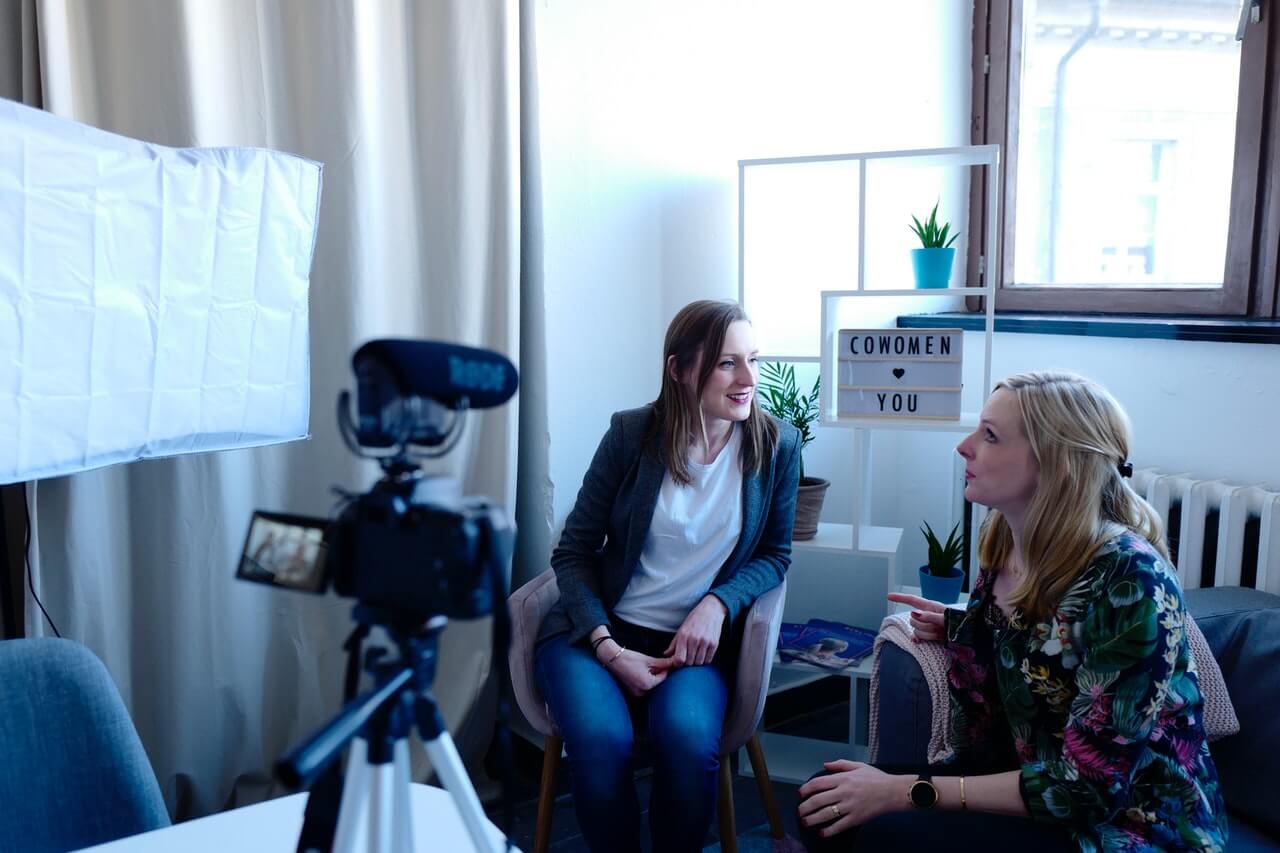The Direct Marketing Association's 2012 Response Rate Report dated June 14, 2012 concludes that direct mail response rates are slipping, but they're still higher than most other media.
Sales & Marketing/
Online Marketing
Updating your marketing strategy and marketing plan is important, so we'll walk through an excellent example of a typical plan.
Most business leaders are just too busy to take time out, sit down with the team, and dedicate time to develop a solid, up-to-date marketing strategy and marketing plan.
A huge proponent of the power of video, let’s take a closer look at Mike Koenigs' core strategies to propel your business forward.
Search engines all have an algorithm that determines what the site is about, and which words (keywords) describe that. Generally, Search Engines place emphasis on the first 200 words, Headings, Subheads, bolded, italicized and underlined words.
There is a right way and a wrong way to do, and even people butting in to tell us how to do it. Social media idea has evolved in a very short time into opportunities for marketing rather than for us to leisurely sift through those who are definitely kindred spirits, colleagues in the field …
Michael Stelzner, Founder of Social Media Examiner, has just released the 2012 report on the results of his fourth annual social media marketing study. Download it here - free: http://www.socialmediaexaminer.com/social-media-marketingindustry-report-2012/





